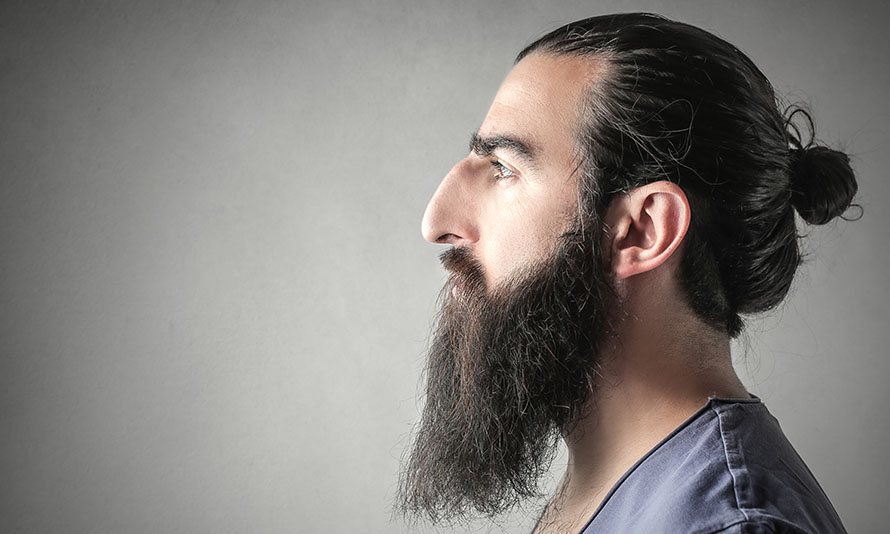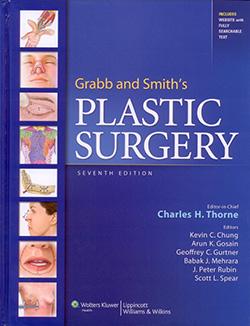
One of the most common reasons for seeking rhinoplasty advice from a plastic surgeon is the concern about a “hook nose.” These patients are generally more concerned with their appearance in profile rather than when viewed from the front. Patients often say, “I hate to be photographed from the side.” Correcting the hooked nose is a standard part of many rhinoplasty procedures and it is one of the maneuvers that is associated with the happiest patients! “You have changed my life,” or “I never thought I could look this good” are common statements from patients who have this particular “deformity” corrected by a nose job.
What gives a nose the hook appearance? The combination of a hump on the bridge and a nasal tip that droops creates the hook appearance. The ideal angle formed by the upper lip and the nose is approximately 100 degrees. If the angle is less than a right angle (less than 90 degrees), the nose will look “hooked.” Even worse, smiling makes the tip pull down further and tends to make the “hook” look even more pronounced.
But not to worry!
The rhinoplasty procedure rebalances the nose, improving the profile view and preventing the plunging of the tip when smiling. Patients can frequently go from considering themselves unattractive to considering themselves very attractive by changing this nasal shape.
How to Fix a Hook Nose
The correction of a hook nose is a standard plastic surgical procedure. Your plastic surgeon will lower the bridge of your nose (also called a hump reduction) by filing it down with a rasp so that it no longer projects more than the tip. Then frequently the cartilages in the tip of the nose are stabilized to the septum with sutures so that the tip is rotated up slightly and cannot plunge when smiling.
Patients often say before a nose job, “I don’t want a turned-up nose,” but the hook nose patient does need to have the tip rotated up somewhat to correct the problem.
The Rhinoplasty Difference
The biggest proof of success for a nose job is when people tell you that you look different, but they can't exactly figure out how! This means that the job was successful enough to make the hook go away and subtle enough to still look natural. Your nose will no longer droop when you smile, and you will have no need to feel insecure. Patients with hook noses tend to have very low self-esteem prior to surgery so they are among those with the largest increase in self-esteem after the nose job has been completed.
Some changes after rhinoplasty take many months to become evident, such as subtle refinement of the tip width. Correcting a drooping tip, on the other hand, is evident to the patient the second the tape and splint are removed….or even before! So if bruising lasts a week or so, these patients are transformed in a week’s time when they return to normal social interactions.
Consult a Plastic Surgeon
If you've got a hook nose that you don't like, make sure to consult a board-certified plastic surgeon with experience in cosmetic surgery.
Dr. Charles Thorne is a famous plastic surgeon in New York. He has decades of experience in plastic surgery, including rhinoplasty. Book a virtual consultation with Dr. Thorne today or schedule an in-office appointment to determine your candidacy for rhinoplasty.

Dr. Thorne is the Editor-in-Chief and the author of several chapters in Grabb and Smith's PLASTIC SURGERY, 7th Edition.
